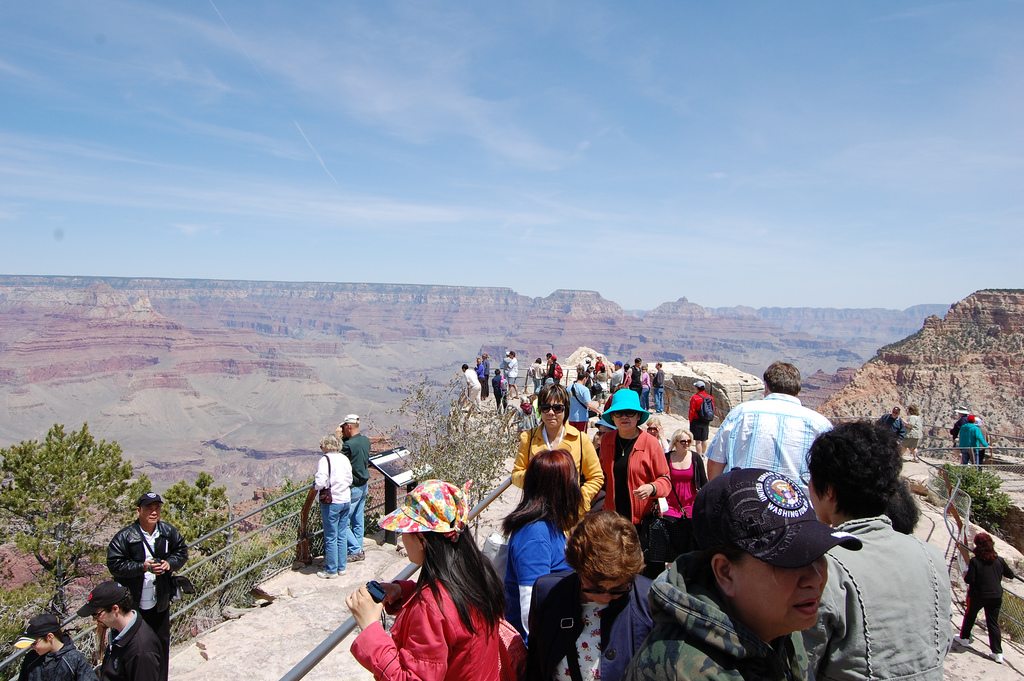U.S. National Park Service Still Figuring Out the Travel Industry and Overtourism

Skift Take
Somewhat shockingly, the U.S. National Park Service is just now getting familiarized with the travel industry even though it oversees some of the oldest and most popular attractions in the country. More parks are beginning to work with local tourism officials, and their budding symbiotic relationships are critical to the park service's future.
The U.S. National Park Service has been welcoming tourists into its monuments, parks and sites for more than 100 years – with record visitation in many cases. But when it comes to courting the travel industry and working with travel brands to understand tourism trends and expectations, some park service officials admit this is a work in progress.
For decades, the park service wasn't working with surrounding communities and travel brands to communicate its economic impact on local populations, and the environmental impact of travelers on its properties.
That's in large part because the park service is still educating itself on what its role is in the tourism industry, said John Slaughter, acting superintendent of the Blue Ridge Parkway in North Carolina and Virginia.
"The park service has been doing tourism through osmosis for the past 100 years," said Slaughter. "We begged people to come [for the centennial anniversary] and we made a huge effort and they came out but we hadn't prepared ourselves as tourism professionals to manage that incredible amount of folks."
Like many other destinations, the park service is trying to figure out how to get people to visit for multiple days rather than just a day visit and how to encourage people to spend more time and spread their wallet around more in surrounding communities, said Chris Abbett, the park service's associate regional director for partnerships, interpretation and education for the U.S. Southeast.
"During the last 10 to 15 years, I think we understand our role in the tourism spectrum a lot better," said Abbett. "And I think we've gotten more comfortable with working more with partners and I think for our present generation of superintendents in our region, tourism partners is one of their top goals. They recognize that they're part of an array of resources in the area."
Visitors Versus Tourists Is A Big Deal
But perhaps one of the biggest epiphanies for the park service has been realizing that calling people visitors contributed to many parks remaining largely isolated from their local tourism industries for decades. "We were calling people visitors but they're tourists so to recognize that they're actually tourists helped us become more engaged in local tourism planning," said Abbett.
National Parks and sites are increasingly taking cues from tourism boards on how to work with the travel industry and market its offerings, which was largely absent at many parks in the past.
Utah'
